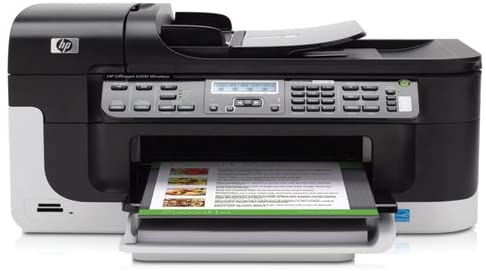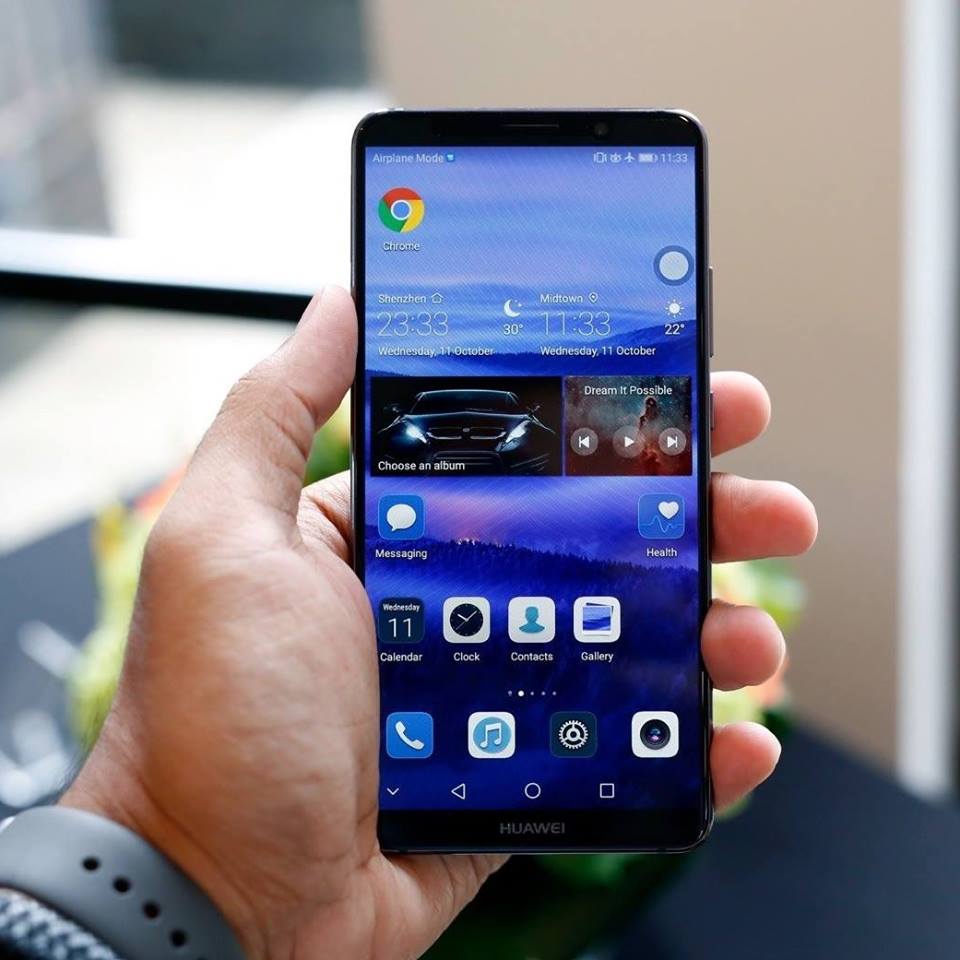Even though OBS(Open Broadcaster Software) may seem smooth and lag-free during the recording process, there is still a possibility of encountering choppy video output. In this article, we will explore several methods to address and resolve this issue, ensuring that your OBS recordings are free from stuttering and lag.
Run OBS as Administrator
Running OBS as an administrator grants the application higher privileges, allowing it to access more system resources. This can help fix the issue if OBS is not getting enough resources.
- Right-click on the OBS executable file.
- Select “Run as administrator”.
- Click “Yes” when prompted for confirmation.
- Try recording the screen again to check if the recording is still choppy.
Change Process Priority
Adjusting the process priority of OBS to a higher value gives all background OBS processes privileged access to system resources. This can further improve performance.
- Open OBS Studio.
- On the lower right, click on “Settings”.
- Go to the “Advanced” tab.
- Set the process priority to “Above Normal” or “High”.
Note: Keep in mind that running OBS as an administrator and setting a higher process priority may negatively impact the performance of other applications, especially on low-end systems. Gamers may experience lower FPS as well.
Check Background Processes
Sometimes, other background processes might be consuming significant system resources, leaving OBS with little room to work efficiently. To ensure this is not the case, check and clear any high CPU, RAM, or disk usage processes using Task Manager.
- Press Ctrl + Shift + Esc to open Task Manager.
- In the “Processes” tab, identify any applications consuming high CPU, RAM, or disk usage.
- Make sure to check “Background processes” as well.
- Select the process that is using excessive system resources and click “End task”.
- Try recording using OBS again.
Disable Game Mode and DVR
Game Mode, which optimizes your PC for gaming, can introduce lag and performance issues with OBS in older versions of Windows. Disable Game Mode to prevent conflicts.
- Press Windows + I keys to open the Windows Settings.
- Go to “Gaming” > “Game Mode”.
- Set Game Mode to “Off”.
Additionally, Game DVR, which records gameplay, can cause conflicts when using hardware encoding like NVENC. Disable Game DVR to ensure smooth recording with OBS.
- Press the Windows + G keys simultaneously.
- Click on the gear icon to open Settings.
- Click on “Capturing” and disable “Record in background when I’m playing a game”.
Change OBS Recording Settings
The recording output quality heavily depends on the settings used. Extreme recording settings can lead to choppy recordings even on high-end systems. Consider the following settings:
- Open OBS settings.
- Go to “Output”.
- Set the “Recording quality” to “High quality”.
- If you have a dedicated GPU, select “Hardware” as the encoder. Otherwise, choose “Software”.
- In the “Video” section, set the “Base” and “Output” resolutions to match your monitor’s resolution. Lower the output resolution if you have a low-end system.
- Set a common FPS value, such as 60. If you experience stuttering, reduce it to 30 and check for any improvement.
- Save the settings and try recording again.
Lower In-Game Settings
Running games at maximum or ultra settings can consume high memory and CPU usage. Recording such resource-intensive videos simultaneously with OBS can lead to choppy recordings. To fix this, lower your in-game settings:
- Open your game settings.
- Go to the “Graphics” or “Display” section.
- Lower the in-game settings, including the resolution if necessary.
Additionally, consider capping your in-game FPS to 60 for smoother recording:
On AMD Graphics Card:
- Open AMD Adrenaline Software.
- Click on the gear icon.
- Go to the “Graphics” tab.
Enable Radeon Chill and set the minimum and maximum FPS values.
On NVIDIA Graphics Card:
- Open NVIDIA Control Panel.
- Expand 3D settings and select “Manage 3D settings”.
- Click on “Global settings”.
- Scroll down and enable “Max frame rate”.
- Set the maximum frame rate value and click “OK”.
Create a New Profile
If all else fails, you can create a new profile in OBS. This will reset all settings to their default values and may help resolve the choppy recording issue.
- In the OBS window, click on “Profile” at the top.
- Select “New”.
- Enter a profile name and click “OK”.
- Check “Optimize just for recording” and click “Next”.
- Set the base resolution to match your monitor’s resolution and choose either 60 or 30 FPS.
- Click “Apply Settings” to save the changes.
Conclusion
By following these methods, you can address and resolve choppy OBS recordings. Experiment with different settings and optimizations to find the configuration that works best for your system. With smooth and lag-free recordings, you can enhance your streaming and content creation experience with OBS.
Remember to adjust settings based on your system’s capabilities and ensure compatibility with your specific hardware and software configurations.
I hope these enhancements meet your expectations! If you have any further questions or require additional improvements, feel free to let me know.
Experiencing difficulties with your Device, check out our “How To” page on how to resolve some of these issues.







